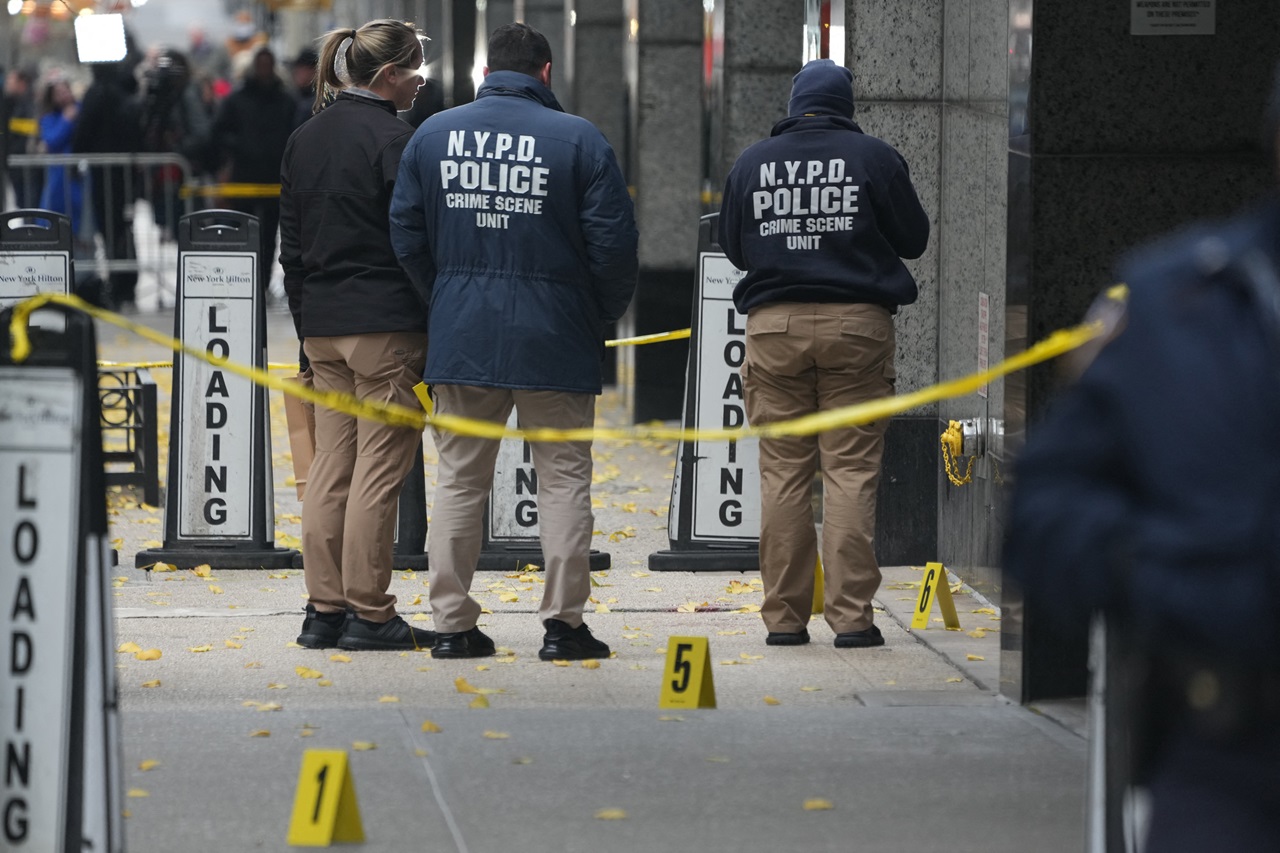
Imprisoned children: when the United States breaks its own record in violation of human rights
Since Attorney General Jeff Sessions approved the new "zero tolerance" policy with immigration during the month of April, the separation of families and the…
On June 9, Reuters reported that more than 2,400 immigrant families had been separated at the border. Read it again: more than 2,400 immigrant families were separated.
At a time when U.S. policy floods social media with devastating news at a nonstop pace, these circumstances seem to have made us immune to pain.
After Attorney General Jeff Sessions announced the new policy of "zero tolerance" for undocumented immigration in the country, inhumanity seems to be the order of the day.
And with detention facilities already saturated as thousands of families continue to cross the border, the new measure now forces the government to improvise detention centers for children torn from the arms of their parents.
"It's like a jail for children," David Leonhardt describes in his opinion column for the New York Times when talking about the detention center in Brownsville, Texas, where 1,400 children 10-17 years old are imprisoned in a former Walmart in less than 40 square feet of living space.
"They spend 22 hours a day inside the former Walmart and receive two hours outside," explains Leonhardt about the center known as Casa Padre.
This new phenomenon has redefined the accepted conditions of imprisonment, inflicting trauma and despair at an early age.
"The policy of criminally prosecuting all who cross the border illegally is creating a new category of residents in these holding centers," the Washington Post explained. "Young boys and girls who are grappling with the trauma of being unexpectedly separated from their mothers and fathers.”
While the government has sold the image of having facilities available for children under age, health inspectors in the state of Texas, for example, found "approximately 150 health violations in more than a dozen shelters" in the state, which include "inadequate supervision, lack of timely medical care, and children given medicine to which they are allergic," the Houston Chronicle reported.
"The shelters are operated by the Southwest Key Programs that runs 16 of the 35 shelters in Texas that contract with the federal Office of Refugee Resettlement," the paper said.
During the past month alone, these centers received 2,600 children.
But before being confined in these dangerous centers, children are brutally separated from their parents, leaving serious consequences of psychological trauma for the entire family.
The government has argued that the objective is to deter families before they decide to migrate without documents to the country; a claim which downplays the true effect that the policy has in the lives of human beings living and breathing on U.S. soil.
RELATED CONTENT
"The number of people trying to cross into this country illegally is increasing at a startling rate," said Jessica Vaughn of the Center for Immigration Studies, a non-profit research institute that promotes tighter immigration control, to USA Today. "When there are meaningful consequences for illegal entry, people think twice before doing it."
But for most families, the threat of staying in their countries of origin is stronger than the risks inherent to crossing the border.
For a long time, the right to seek asylum was revered within the United States, a country historically recognized as a sanctuary for those fleeing the worst wars in the world.
Thanks to the new measures of the Department of Justice, this is now an outdated ideal.
Families are apprehended, separated and confined in different places. Although some mothers manage to enter detention centers with their children, the officers separate them inside the cells, sometimes even arguing that they will "give the children a bath" before taking them away, while their mothers can still hear them screaming and crying through the walls.
This scene was described by the representative of Washington Pramila Jayapal, who managed to visit the facilities of a federal prison last Saturday near Seattle, witnessing firsthand the experience of 170 immigrant women, a third of whom had "lost their children during the migration.”
"30 to 40% of these women came with children who had been forcibly taken away from them," Jayapal told The Nation. "None got the chance to say goodbye to their children - they were forcibly taken away. One said she was deceived, because they were in detention together. Then the officers told her that she was going out to get her photograph taken. When she came back, she was put in a different room and never got to see the child again. Some of them said they could hear their children screaming for them in the next room."
Despite the denunciations of violation of international law by the United Nations, the government has only accelerated its measures, eliminating domestic and gang violence as valid arguments to obtain asylum, and designing new mechanisms of persecution through the system of immigration applications.
Hispanic members of Congress have joined in civil protests against the inhumane measures of the government, but the voices seem to continue to clash with the cold wall of racism and new segregation being nurtured by the Trump administration.











LEAVE A COMMENT:
Join the discussion! Leave a comment.